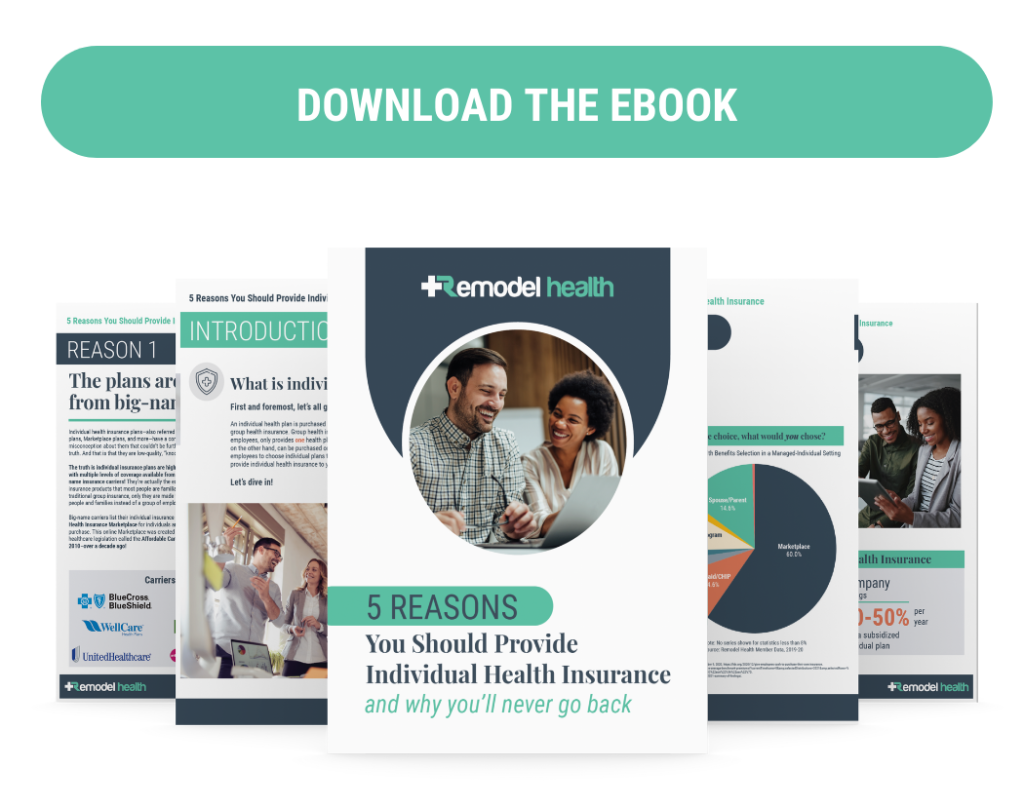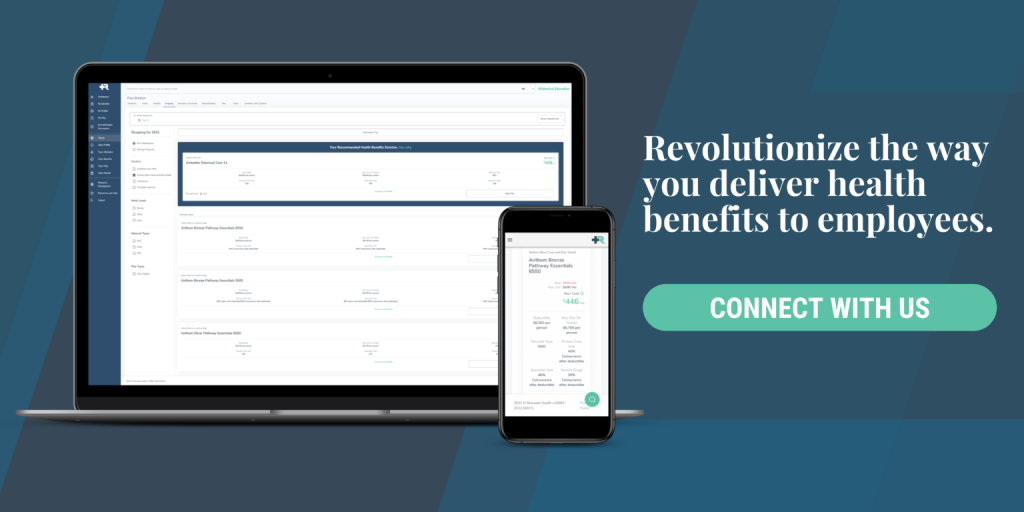When it comes to investing resources, managing risk is a top priority. Our people represent our most valuable assets, and how we choose to invest in their health benefits holds tremendous implications.
Whether you’re taking care of your family as the head of household, or you’re taking care of your employees as an HR director, the stress of risk management can feel overwhelming.
Much of this stress is because we know the stakes. For many years, the U.S. has seen bankruptcies related to medical expenses account for more than 60% of all filings. It seems we have not been managing our risk very well.
But there is an investment principle that can also be applied to healthcare: diversification (i.e. the principle of mitigating risk by spreading out your assets). In healthcare, this looks like caring for an individual, while protecting the whole.
Let’s look at how to keep one individual’s medical costs from causing an entire group to overspend. Whether you’re a family or an employer, here’s how to improve risk management for health benefits.
1. Change to Consumer-Driven Health Insurance
There are generally two basic types of health insurance plans: a copay plan and a high deductible plan. Often, people will simply judge a plan by its copay. However, that is just one small part of the overall health plan.
Another important factor is the monthly cost. When you realize how infrequently you may actually go to the doctor compared to how much you are overspending on your copay plan per month, you may start rethinking your plan altogether.
Tremendous amounts of monthly savings can be found in high deductible, or consumer-driven, health plans. Pay for what you actually need and isolate that bill — instead of spreading the expenses year round.
Sharing programs are another option, with more than 1.5 million people using this model to lower their medical expenses. Sharing programs allow you to handle bills on a case-by-case basis, rather than paying for expensive monthly plans.
Another simple trick you can use if you’re worried about the cost of visiting a doctor is telemedicine. You can often find a super low cost (similar to a copay plan) by using this innovation solution.
2. Determine Your Doctors
PPO plans have long been labeled as the best, simply because they have national networks. But, this is often just another way you may be overspending. Why not focus on just covering doctors you actually use?
EPO and HMO plans often have access to those same local doctors that you already use and because they are not part of a huge network, their costs are much lower. Always focus on personal and actual needs.
If having a PPO is a priority to you, you may still be able to access one and save on expenses using a sharing program.
If you feel strongly about keeping your in-network doctor, you can always “self pay” with your monthly cash savings to see them — even without insurance. In fact, they may give you a better discount than if you had insurance!
3. Save Up Your Savings
If the consumer-driven plan you have selected is a High Deductible Health Plan (HDHP), then you are able to open a Health Savings Account (HSA). This allows you to save pre-tax money to spend on medical bills.
Your employer may also offer HSA dollars, so be sure to check that amount. Then, take your monthly savings (up to the IRS limit) and put it into your HSA. Use that account to pay for medical costs as needed.
Note: HSA dollars roll over annually!
This not only saves money each month, but can even lower your “worst year” (the annual out of pocket limit). By saving what you once overspent on high premiums, you lower your out of pocket costs.
Pro Tip: When you elect more HSA contributions, it lowers your taxable income so you can pay less in taxes.

4. Mix and Match
While generally it is best for families to stay on one plan, this is not always the case. Data shows that just 1% of people account for a quarter of all medical expenses. Perhaps you or a family member are one of those individuals.
Sometimes, it can be advantageous to put one person on a plan with higher coverage because they need specific care. Meanwhile, if the rest of the group is generally healthy, they can opt for less expensive plans and save their money. Even families, at times, can be split.
This follows the principle of diversification: mitigating risk by spreading out expenses into different baskets. Care specifically for the individual, but still protect the expenses of the group.
Example: A family has one child with an acute condition requiring specialized treatment. The child can use a high-end plan, while the rest of the family can be part of a sharing program. Everyone is cared for and overall expenses are mitigated!
4. Pay-As-You-Go (Employers Only)
Employers can feel the pressure of providing the “best” plans to employees. However, the U.S. Department of Health & Human Services cites that half of people account for only 3% of the total expenses. Clearly, there is a disconnect.
What if you could pay-as-you-go instead of pre-paying for expensive plans that most people won’t use? With Health Reimbursement Arrangements (HRAs), you can do just that.
Usually, an HRA is attached onto a traditional plan and helps cover costs until an employee reaches their out of pocket limit. However, traditional plans are not the only way to take advantage of HRAs anymore.
There are several innovative options out there that allow employers to offer the “best” plans without overspending. Pay for what people need when they need it, rather than increasing group costs altogether.
5. Personalized Plans (Employers Only)
Not everyone needs the same plan. One size does not fit all when it comes to healthcare. Yet, so many employers feel stuck in that old group plan model. It’s time to rethink employee health benefits.
With innovative models such as a wage increase or individual coverage HRAs, you can provide access to individual plans that can be personalized to your people, thereby caring for those who need more without impacting the group.
Maintaining compliance while still being wise stewards of your resources is possible. Diversifying needs and caring for people as individuals is possible. Serve them well personally, and protect the costs of your group.

